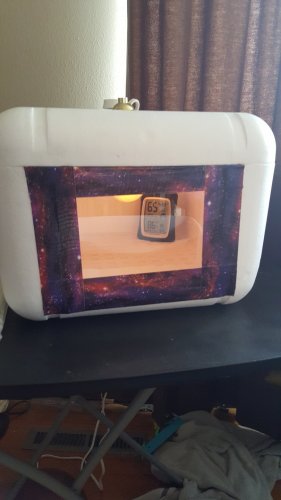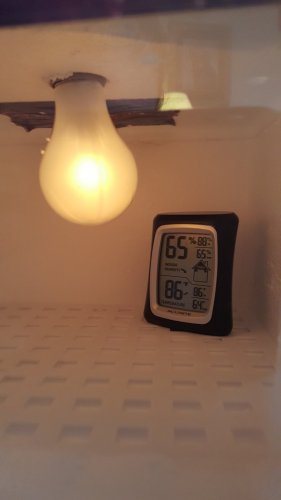Emilia
New Member
Hello all! I'm new to the chameleon world and I am due to receive Panther Chameleon eggs this week. I see online that most people put them in boxes and generally hide them in a closet or somewhere quiet. I understand doing it that way is the norm and is easy down south or in warmer climates, but I am in North Central Montana and we will soon to be very experiencing cold weather. I did find a video on YouTube showing how to make a styrofoam cooler into an incubator but I am looking for more details on the humidity and temperatures I need to keep the eggs. Any insight on incubating and raising Panthers in colder climates would be greatly appreciated.






